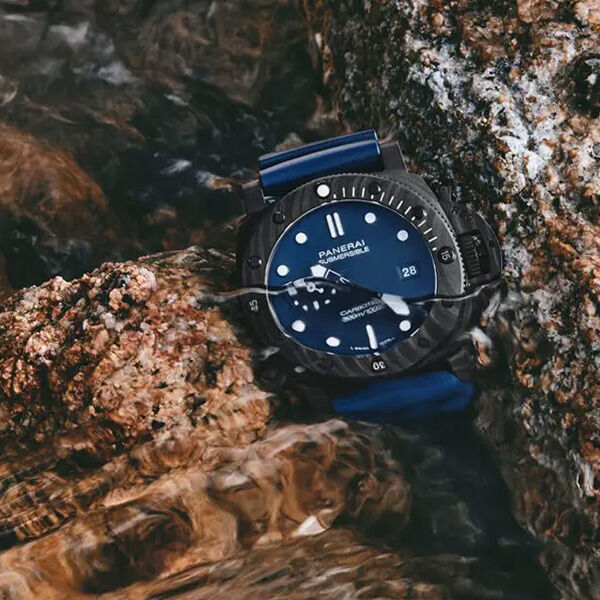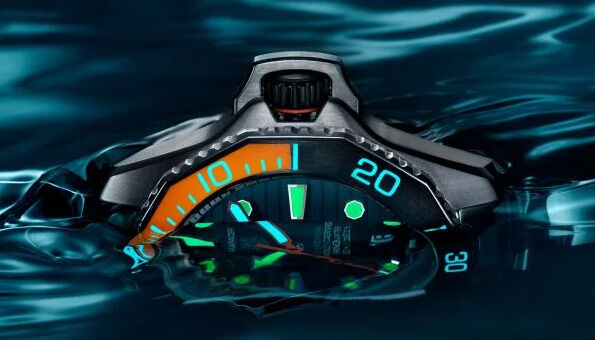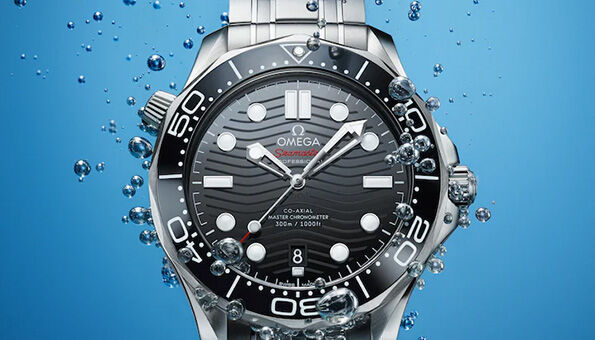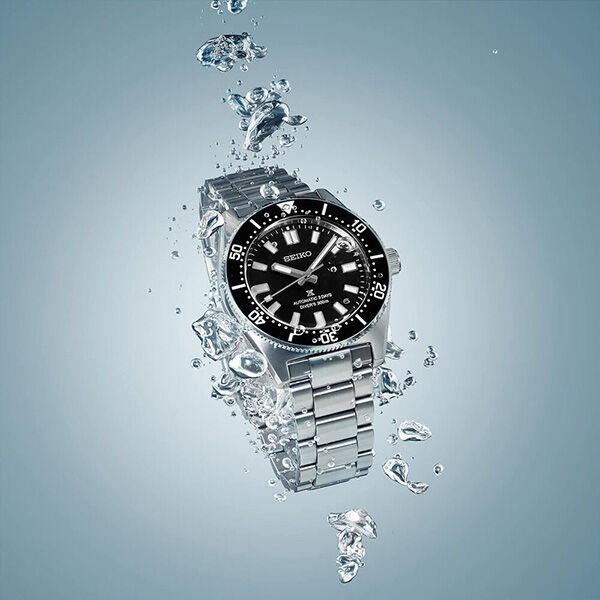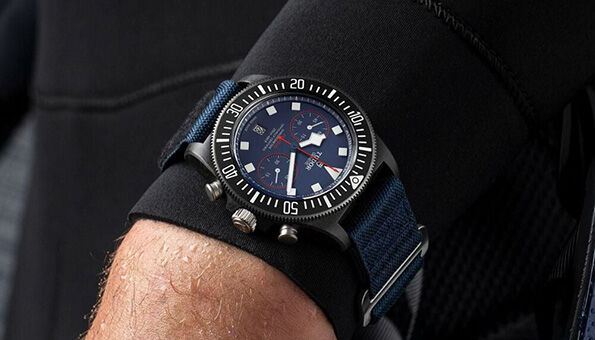EVERYTHING YOU NEED TO KNOW
Dive Watches Explained
Dive watches stand out as some of the most rugged and stylish timepieces you can own, seamlessly combining advanced functionality with timeless design.
Originally crafted as vital instruments for divers, these watches have since become versatile accessories, beloved by collectors and everyday enthusiasts alike.
If you're an adventurer in need of a dependable tool or someone who appreciates superior craftsmanship and lasting durability, a dive watch is an essential addition to your collection.
Dive Watches Over the Years
The history of dive watches is closely linked to advancements in underwater exploration and military needs. The journey began in 1926 when Rolex introduced the Oyster, the world’s first water-resistant watch case. This innovation set the stage for future dive watches, providing the necessary protection against water intrusion.
In 1932, OMEGA released the Marine, the first commercially available dive watch, which became an instant success due to its double-case construction that offered enhanced water resistance. In the lead-up to World War II, the Royal Italian Navy tasked Panerai with developing water-resistant watches, setting the stage for the modern dive watch and establishing features that are still standard today.
The 1950s marked a significant era for dive watches with the rise of recreational diving, thanks to the invention of the Aqua-Lung by Jacques-Yves Cousteau. Iconic models such as the Rolex Submariner and Breitling Superocean emerged during this time, incorporating rotating bezels and increased water resistance, which became defining characteristics of the genre.
As technology advanced, dive watches became more sophisticated, with the introduction of features like the helium escape valve and improved materials that allowed for deeper diving capabilities. These innovations have continued into the 21st century, with brands like OMEGA setting new benchmarks in underwater endurance.
What Makes a Dive Watch Unique?
Dive watches are distinguished by a set of features specifically designed to withstand the harsh conditions of underwater exploration. According to the ISO 6425 standard, which sets the criteria for a true diver's watch, the essential characteristics include:
1. Water Resistance:
Dive watches must be water-resistant to at least 100 meters, though many models exceed this requirement, with resistance levels of 200 meters or more, making them suitable for a variety of aquatic activities.
2. Luminous and Legible Dial:
Visibility under water is crucial, and dive watches are equipped with high-contrast, luminous dials to ensure readability even in low-light conditions. The ISO 6425 standard mandates that a dive watch must be readable in total darkness from 25 cm.
3. Rotating Bezel:
A unidirectional rotating bezel is a signature feature of dive watches. This bezel allows divers to track their dive time, which is critical for managing oxygen supply and ensuring safety during dives.
4. Durability and Resistance:
Dive watches are built to resist not only water but also shocks, magnetic fields, and saltwater corrosion. They often feature sturdy cases made from materials like stainless steel or titanium, and durable straps that can withstand prolonged exposure to seawater.
5. Helium Escape Valve:
For deep-sea divers, some dive watches include a helium escape valve, which prevents damage caused by trapped helium gas during decompression.
Why Choose a Dive Watch?
Dive watches are not just practical tools for underwater exploration; they are also symbols of precision engineering and timeless design. Here’s why owning a dive watch might be the perfect choice for you:
• Versatility:
The rotating bezel, initially designed for tracking dive times, is also a useful feature for everyday tasks, such as timing cooking or parking meters.
• Durability:
Dive watches are built to last. Their robust construction makes them more resistant to wear and tear than other types of watches, making them ideal for both adventurous activities and daily use.
• Timeless Style:
Dive watches have a rugged yet elegant design that pairs well with almost any outfit, from casual wear to business attire. Their association with adventure and exploration adds a touch of sophistication to any look.
• Investment Value:
The collectability of dive watches has grown over the years, with vintage models from the 1950s and 60s seeing significant appreciation in value. Even contemporary dive watches tend to hold their value well, making them a smart investment.
• Environmental Impact:
Many dive watch brands, such as Seiko and Oris, support environmental conservation efforts, particularly marine conservation, allowing you to make a positive impact with your purchase.
How to Choose the Right Dive Watch?
When selecting a dive watch, consider your needs and preferences carefully. Factors such as water resistance, dial readability, bezel functionality, and strap material should all play a role in your decision. Your budget will also guide which brands and models are most suitable for you.
For those new to dive watches, models like the Longines HydroConquest, TUDOR Pelagos, and TAG Heuer Aquaracer offer an excellent balance of style, functionality, and reliability. These watches are designed to perform under pressure while maintaining an elegant appearance, whether you're in the office or exploring the depths of the ocean.
Dive watches offer much more than just visual appeal—they are dependable tools designed for durability, precision, and style. For experienced divers and those who value exceptional craftsmanship alike, a dive watch makes a valuable addition to any collection.
Explore our selection of dive watches to find the perfect timepiece that complements your lifestyle.
